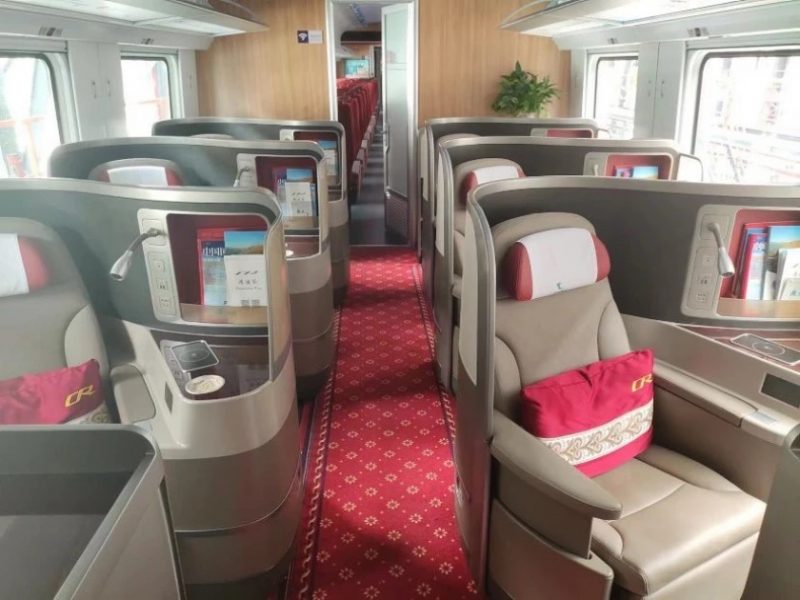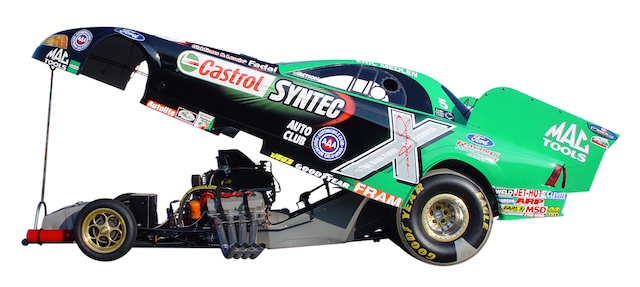Understanding About The SGR In Kenya
Standard gauge railway is a major infrastructure project that has transformed transportation in Kenya. Launched to enhance the efficiency of freight and passenger movement, the SGR plays a crucial role in Kenya’s economic landscape. This article explores the various aspects of the SGR, its significance, challenges, and the future of rail transport in Kenya.
SGR
SGR refers to a railway system that uses a standard gauge width of 1,435 mm. In Kenya, the SGR connects the port city of Mombasa to the capital city, Nairobi, and further extends to Naivasha. This modern railway system was constructed as a part of the government’s Vision 2030 initiative, aimed at making Kenya a middle-income country by 2030.
Features of SGR
The SGR is characterized by several key features that set it apart from the old meter-gauge railway. Firstly, the SGR boasts a higher speed capability, allowing trains to travel at speeds of up to 120 km/h for passenger services and 80 km/h for freight services. This significantly reduces travel time between Mombasa and Nairobi, enhancing trade and commerce.
Secondly, the SGR is equipped with modern facilities, including advanced signaling systems, modern locomotives, and passenger coaches that provide a comfortable travel experience. The railway is designed to accommodate both passenger and freight trains, which optimises its operational efficiency.
Economic impact of SGR
SGR has had a profound economic impact on Kenya. By facilitating faster and more reliable transportation, the SGR has boosted trade activities, particularly between the port of Mombasa and various inland destinations. The railway has reduced the cost of transportation for goods, making it an attractive option for businesses. As a result, the SGR has the potential to stimulate economic growth by enhancing the movement of goods and services.
Additionally, the SGR has created thousands of jobs, both during the construction phase and in ongoing operations. This has contributed to reducing unemployment rates in the regions surrounding the railway line.
Environmental considerations
The significant advantage of the SGR is its potential to reduce the environmental impact of transportation in Kenya. By shifting freight from road to rail, the SGR helps to decrease the number of trucks on the roads, leading to lower carbon emissions. Rail transport is generally more fuel-efficient than road transport, making it a more sustainable option for moving goods across the country.
Moreover, the SGR includes measures to minimize environmental disruption during its construction and operation. This includes efforts to preserve local ecosystems and wildlife habitats, making it a more environmentally friendly transportation alternative.
Challenges facing SGR
Despite its numerous benefits, the SGR is not without challenges. One of the most significant issues has been the financial sustainability of the project. Loans from China largely funded the construction of the SGR, raising concerns about the long-term debt burden on Kenya. The government must ensure that the revenue generated from the SGR is sufficient to cover operational costs and repay these loans.
Additionally, there have been criticisms regarding the allocation of resources and the transparency of the SGR project. Stakeholders have called for greater accountability to ensure that they equitably distribute the benefits of the railway among the population.
Future of rail transport in Kenya
Looking ahead, the future of rail transport in Kenya appears promising, especially with the ongoing expansion of the SGR. Plans are in place to extend the railway further into neighboring countries, such as Uganda and South Sudan. This regional connectivity will enhance trade opportunities and foster economic integration within the East African Community.
Furthermore, the Kenyan government is exploring the possibility of incorporating modern technologies into the SGR system, including digital ticketing and real-time tracking of goods. These innovations aim to enhance the overall efficiency and user experience of the railway system.
Conclusion
Standard gauge railway in Kenya represents a significant leap forward in the country’s transportation infrastructure. By improving the efficiency of both passenger and freight services, the SGR has the potential to drive economic growth, create jobs, and promote sustainable transport solutions. While challenges remain, particularly concerning financial sustainability and transparency, the future of the SGR looks bright. With ongoing investments and strategic planning, Kenya can continue to harness the benefits of this transformative railway system, positioning itself as a key player in regional trade and transportation.
In summary, the SGR is not just a railway line. It is a vital artery that supports Kenya’s aspirations for growth and development, making it a cornerstone of the nation’s transport network.





